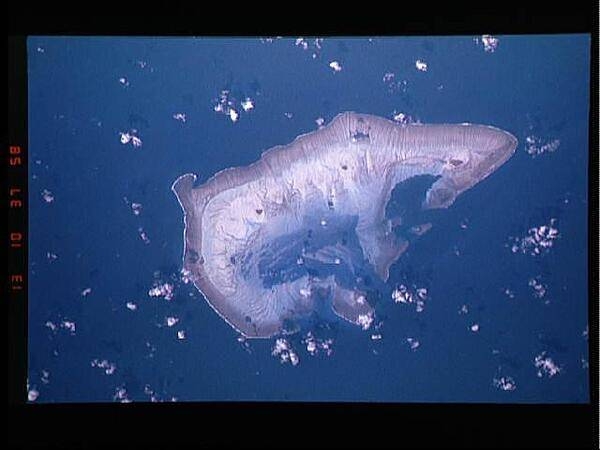3 Photos
Filter Categories
All
Filters
Ashmore Island (actually composed of three reef islets) is part of Ashmore Reef National Nature Reserve, established in August 1983, and covers 583 sq km (225 sq mi). It is of significant biodiversity value since it lies in the flow of the Indonesian Throughflow ocean current from the Pacific Ocean through the Malay archipelago to the Indian Ocean. It is also in a surface current west from the Arafura Sea and Timor Sea.
The Reserve comprises several marine habitats, including seagrass meadows, intertidal sand flats, coral reef flats, and lagoons, and supports an important and diverse range of species, including 14 species of sea snakes, a population of dugong that may be genetically distinct, a diverse marine invertebrate fauna, and many endemic species, especially of sea snakes and molluscs. There are feeding and nesting sites for various turtle species. It also serves as a bird sanctuary and has 50,000 breeding pairs of various kinds of seabirds. A high abundance and diversity of sea cucumbers, over-exploited on other reefs in the region, is present, with 45 species recorded.
This astronaut photo from 1992 shows that the reef making up the island is not continuous but has several breaks that allow for current and sediment inflow. Image courtesy of NASA.

Ashmore Island (actually composed of three reef islets) is part of Ashmore Reef National Nature Reserve, which comprises several marine habitats, including seagrass meadows, intertidal sand flats, coral reef flats, and lagoons.
This astronaut photo from 2011 shows that the reef making up the island is not continuous but has several breaks that allow for current and sediment inflow.
A memorandum of understanding between the Australian and Indonesian Governments allows Indonesian fishermen access to their traditional fishing grounds within the region, subject to limits. Image courtesy of NASA.

Close-up of Ashmore Island showing some of its lighter-hued peripheral current and sediment channels, and darker-colored central lagoon. Image courtesy of NASA.
